Sound occurs through small variations in pressure in air, water, or some other substance. Sound waves are actually kinetic energy in the form of vibrations, which for us humans are commonly experienced through air. And the actual source of the sound that makes the air vibrate is often a vibrating surface. For example, our voices are the result of our vocal cords vibrating due to air from our lungs. Strings on a guitar function in the same way, as does the diaphragm in a speaker. Sound can also be created due to quick combustion, for example an explosion. When the sound waves reach our ears, they’re converted to signals that are sent on to the brain and we experience them as sound.
The frequency of the sound
The frequency tells you what kind of tone the sound has. A high-frequency sound is high-pitched or sharp, while a low-frequency sound is rumbling or muffled. Frequency is measured in hertz (Hz) and tells us how many oscillations per second the sound wave has. 1 Hz means one oscillation per second. The human ear can perceive sounds between 20-20,000 Hz at most. Over 20,000 Hz is known as ultrasound, under 20 Hz is called infrasound. A lot of animals, however, can perceive a much wider range of frequencies. For example, dogs can perceive high-frequency sounds up to 60,000 Hz. This is why they respond to special whistles which we cannot even hear.
There are audiophiles that argue that tones outside of the audible range still play a part in film and music contexts. They believe that infrasound is good for bass reproduction because it makes the room ‘breathe’ while ultrasound contributes with ‘room information’ such as the guitarist in a live recording standing behind the singer. Quite advanced, in other words.
Since we’re talking about music and HiFi, we’ll take the opportunity to explain how the sound’s frequency is treated in a speaker. Most expensive speakers are divided into at least three elements that handle different frequency ranges: bass (approx. 20–200 Hz), mid-range (approx. 200–2,000 Hz) and treble (approx. 2,000–20,000 Hz). In English, the bass element takes its name from a dog’s bark (woofer) and the treble gets its name from birdsong (tweeter). Voices belong in the mid-range and this is also what our ears are most sensitive to, meaning they are best at perceiving nuances in the sound within this range.
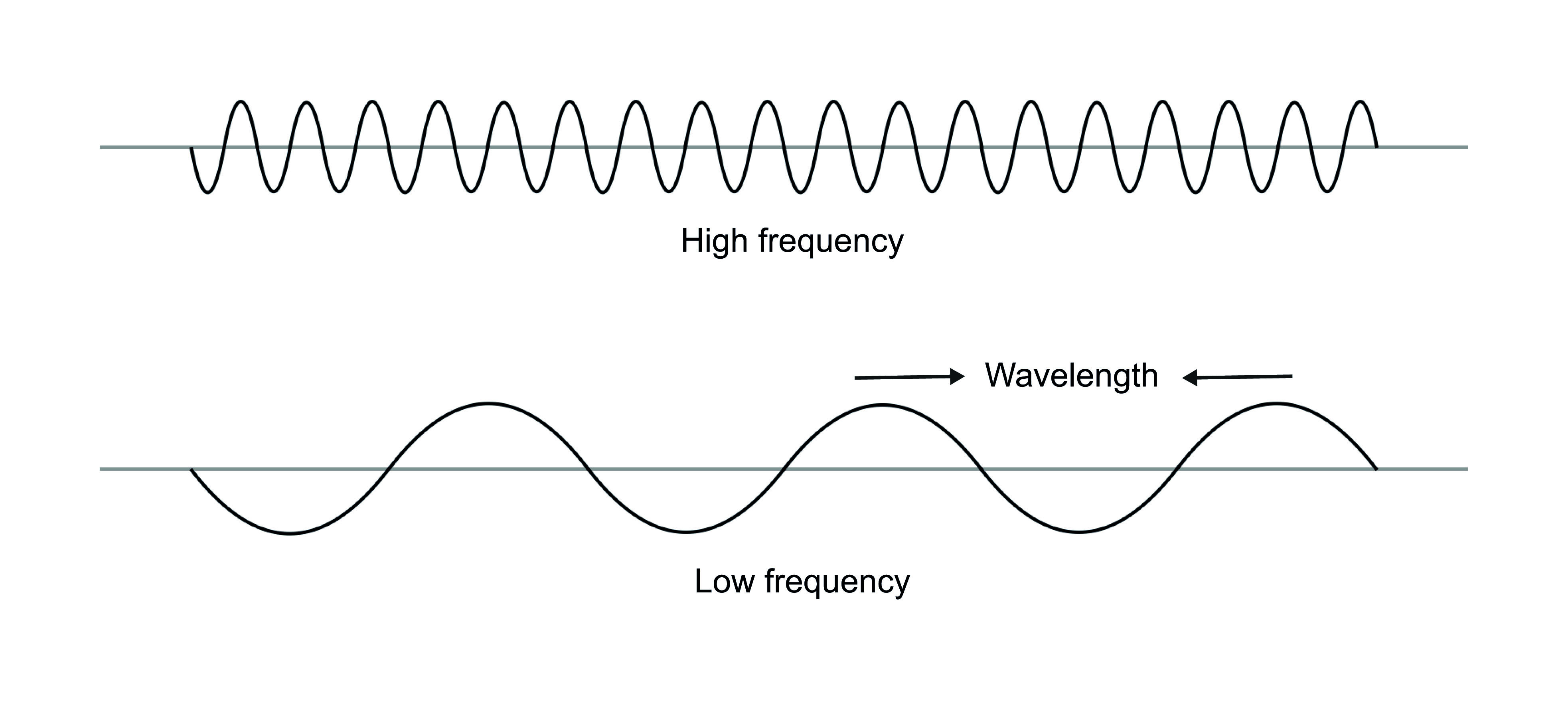
Because low-frequency tones have larger wavelengths, they penetrate different materials better than high-frequency ones. That’s why you hear the bass from your neighbour’s speakers but not the treble. For the same reason, a sound absorber is more effective the higher the frequency of the sound is. Lower tones are also more omnidirectional than high ones. That’s why it’s less important where a bass speaker in a sound system is placed. The ear can’t tell where the sound is coming from anyway.
The volume of the sound
The volume of the sound, the sound level, or the sound strength relate to how loud it is or how much noise it makes. The height of the peaks and the depth of the troughs in a sound wave are known as the amplitude. The value describes the tone height, which is the same as the volume. This is measured in decibels (dB) and 0 dB is the limit for what human ears can perceive. At 85 dB, the sound volume starts to be dangerously high, at 130 dB we reach the pain threshold and at 180 dB the ear drum will break.
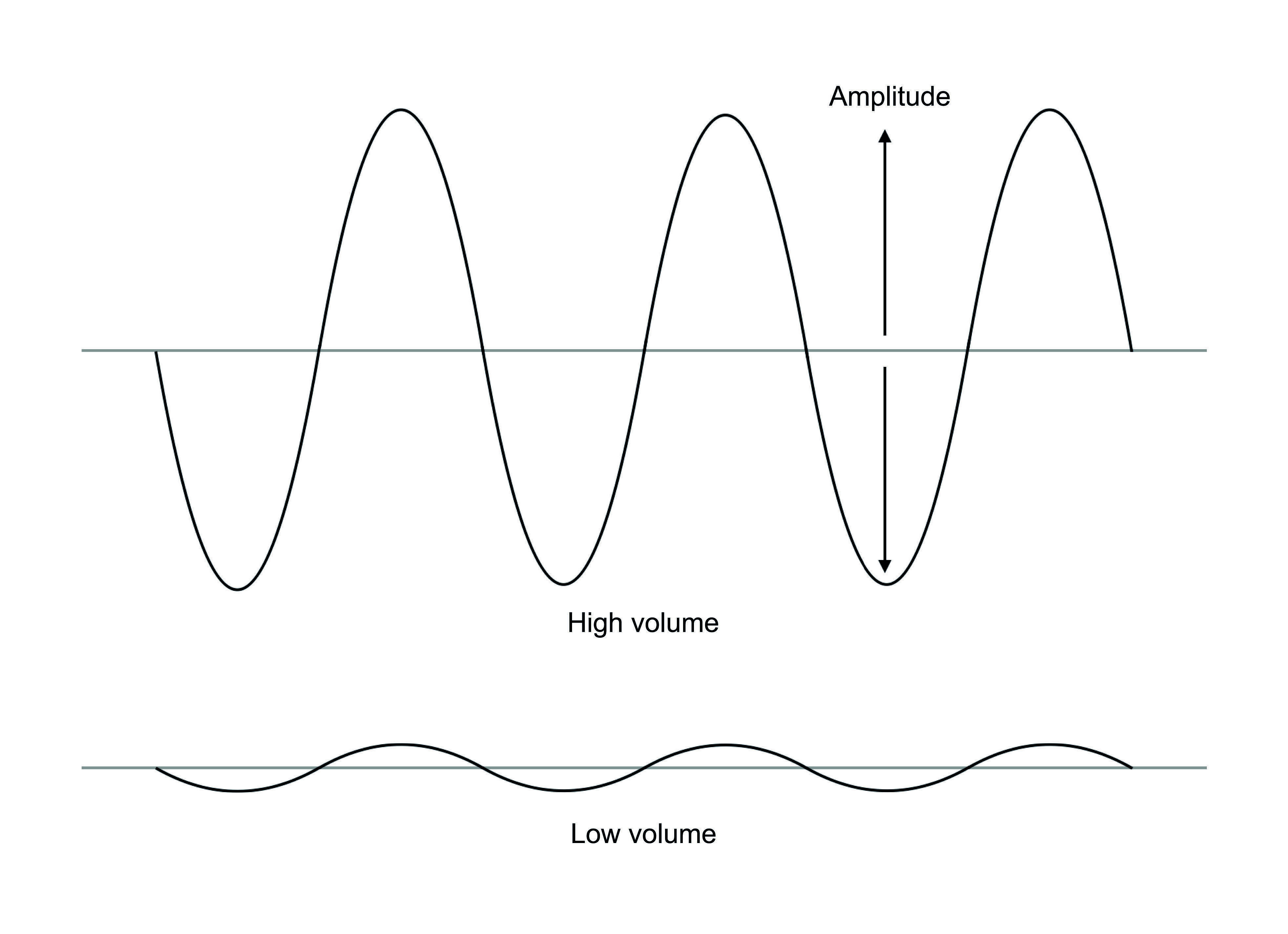
The decibel scale is logarithmic, which in short means that the values are more tricky to relate to than distances in metres or weight in kilos. It’s a curve that becomes more steep the higher up you go and the volume experienced is twice as high for every increase of 10 dB. This means that a lawnmower of 90 dB is perceived as being twice as loud as a truck at 80 dB, but that the same lawnmower is perceived as being 32 times louder than whispering at 30 dB.
|
How loudly different sounds are perceived: 10 dB – Breathing |
 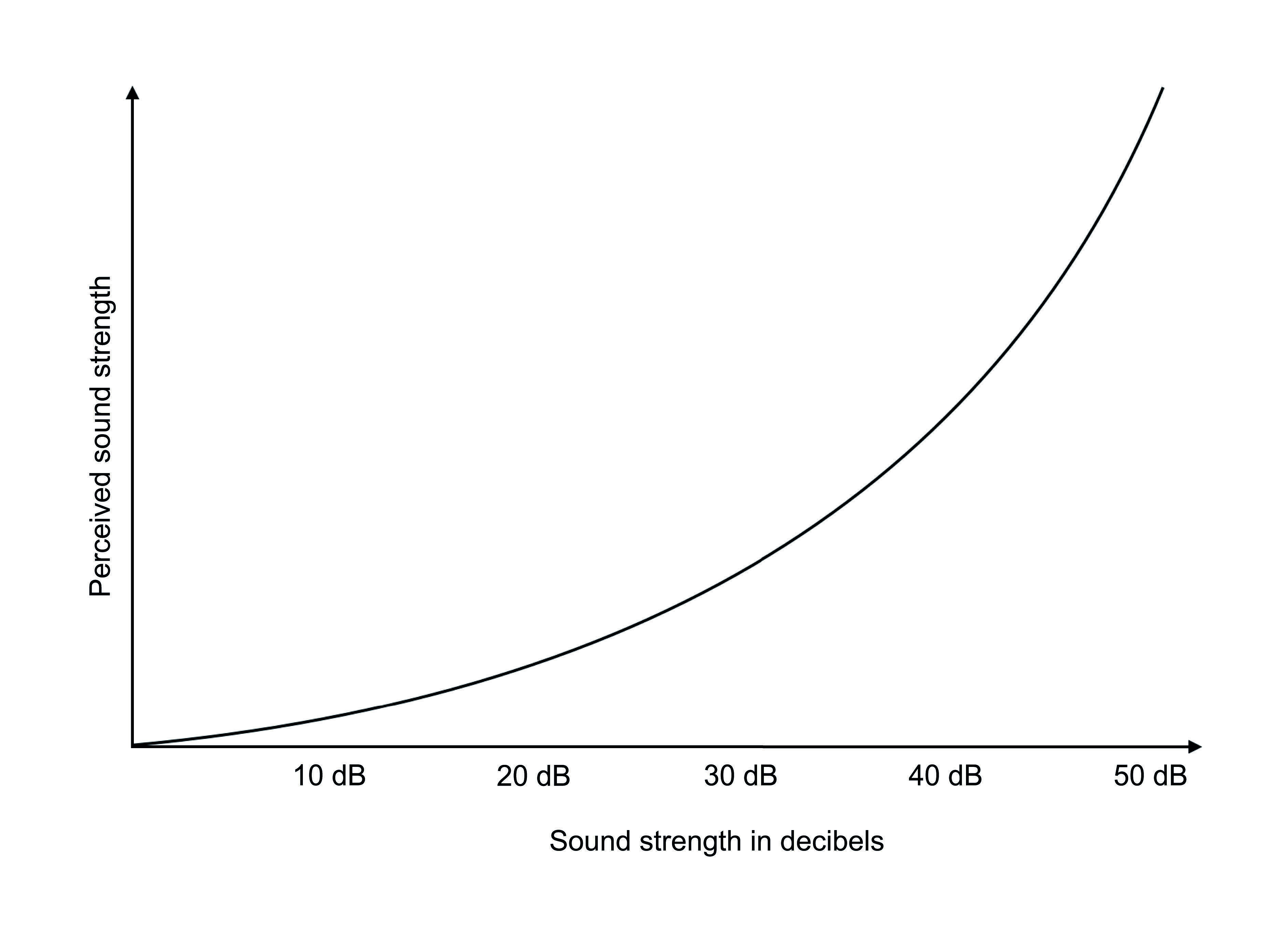 |
The speed of sound
The denser a substance is, the faster the sound travels in it. In the air, sound waves travel at approx. 340 m/s, which corresponds to 1,224 km/h or mach 1. In water it’s about 1,500 m/s and in metal it’s up to about 6,300 m/s depending on the type. When a plane goes over the speed of sound it breaks the sound barrier. A pressure wave occurs and when this hits the ground it creates a loud, explosive bang that can break windows and even demolish whole buildings. For this reason, it’s been forbidden for a long time to fly civil air traffic over the speed of sound in built-up areas.
Sound as a tool
Thanks to our knowledge of the speed of sound, we can measure distances in different ways. For example, an echo sounder sends down sound waves and then counts how long it takes for them to bounce back. Because we know how fast sound travels in water, the sonar can tell you how deep it is.
We can also use the speed of sound to calculate how far away a lightning strike is. Since it takes about 3 seconds for sound to travel 1 km and light travels very much faster (about 300,000 km/s), we can count how many seconds it takes to hear the thunderclap after we’ve seen the lightning. if it takes 3 seconds, it’s about 1 km away.
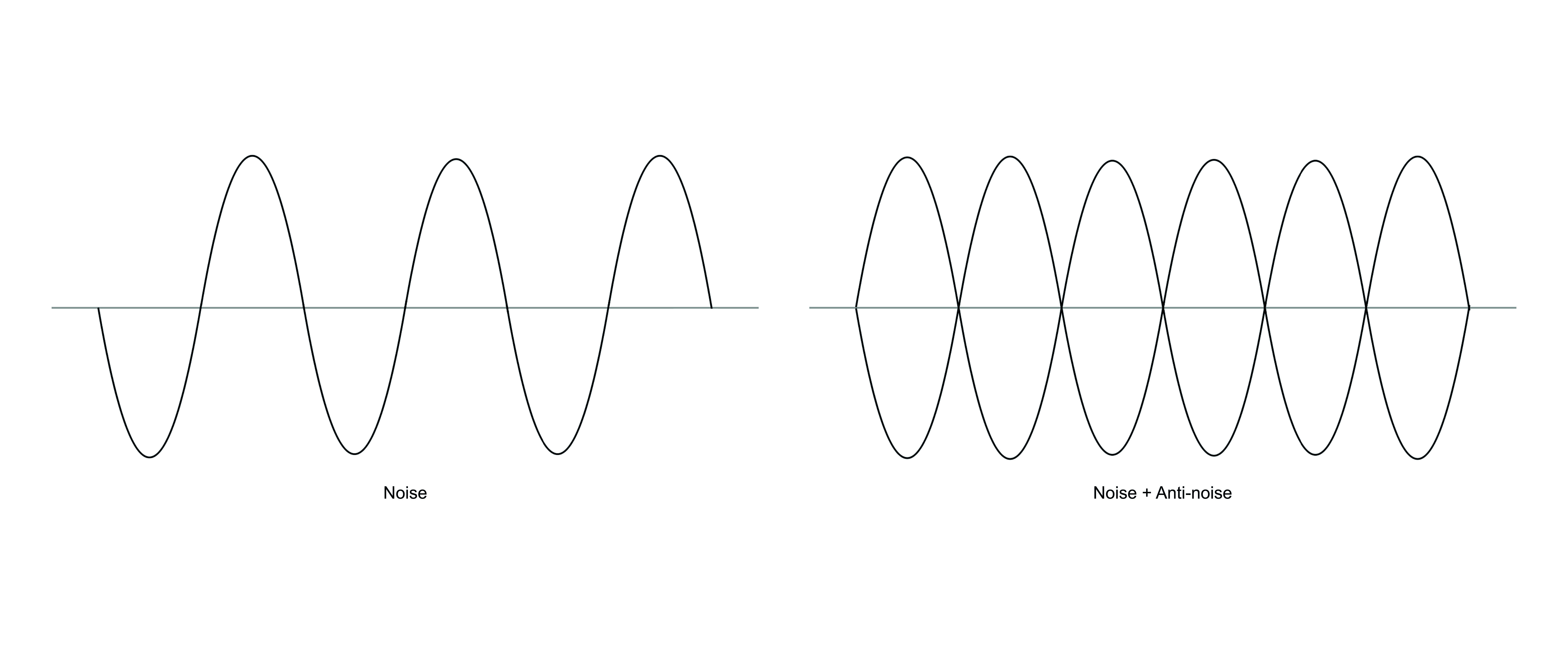
Another slightly magical technology based on sound knowledge is the active noise reduction that some headphones feature. For it to work, a microphone is used to pick up the sound waves from background sounds or noise pollution. Exactly the same sound waves are completely reversed and then sent out through the headphones. The result is silence and you avoid hearing the noise of the office, bus, or wherever you are. The technology is also used in cars and planes.
How the ear works
Our ears consist of three parts: the outer ear, the middle ear, and the inner ear. The outermost part begins with the ear conch, i.e. what we call the ear itself. The ear conch’s task is to catch sound waves and direct them into the ear canal. A little further along, they reach the ear drum, which then begins to vibrate. The ear drum sends wave motions via the three ear bones in the middle ear and in towards the cochlea. The hair cells in the cochlea then send nerve signals to the acoustic centre of the brain and we perceive the sound waves as sound. If the pressure on the ear drum is too much, it can break. This can happen due to loud sound or an explosion near the ear. Or the pressure can come from inside in the form of an ear inflammation. But regardless, the ear drum usually heals quickly by itself.
Reverberation and echo
There is reverberation in every room. This means that the sound is reflected, thereby hanging around in the room. To find out if a room has long or short reverberation, you can test it with a regular hand clap. The sooner you hear the sound, the shorter the reverberation of the room, which is good.
Echo is basically the same phenomenon as reverberation. It also occurs when sound is reflected by a surface, but it’s experienced the second time with such a long delay that it becomes like a separate sound. A delay of one tenth of a second is usually required for it to be perceived as an echo, which means that the reflecting surface usually needs to be at least 17 meters away. But faster echoes can occur if the sound bounces several times between two surfaces at shorter distances. This is called flutter echo and can be experienced in underpasses and the like. The echo also becomes stronger if the reflective surface is arched.

Basic training in sound
A few moments of reading matter about what sound is, how it occurs and how it behaves. For example, why do we hear the bass from the meeting room next door but not the voices?

Glossary
A little collection of the most important words from the world of sound. If you understand these, you can discuss sound, even with seasoned sound experts.
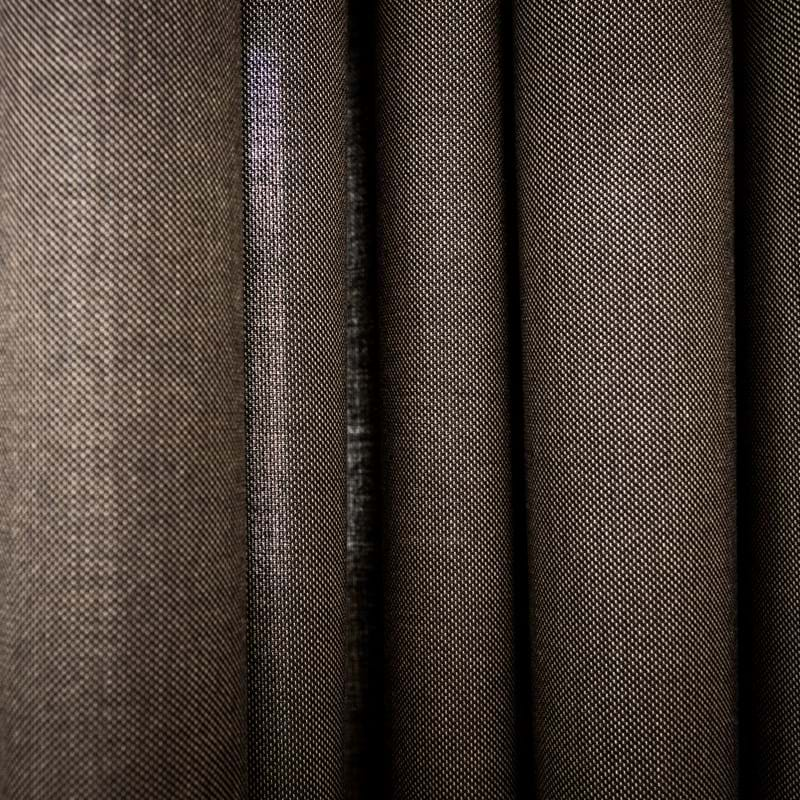
Acoustic textiles
The benefits of acoustic textiles, tips on how to use them, and reasons why good sound conditions are important.

Soundproof classification
Which soundproofing class does the textile belong to? And what does that actually mean?
In this section, we’ll explain how the ABC scale works.

Construction and testing
For the textile to be sound-absorbent, it needs friction between the sound waves and the textile. How well we manage to do this is tested by Müller-BBM in Munich.

Test the acoustic lab
If you want to experience the qualities of the textiles in person, you are very welcome at our function room. It’s right by the head office and the factory in Kinna.

Our soundproofing-classified textiles
The soundproofing-classified textiles from Svensson are designed for environments where design and function are crucial. The absorption classes range from A to E, where A is the best.

Acoustic simulation tool
We have a history of offering sound-absorbing textiles. To help you understand the value in technical interior textiles and not only provide the technical textiles, we now provide the technical knowledge and support to match it.